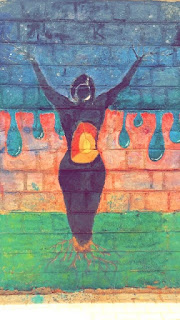Rembrandt Harmenszoon van Rijn was a Dutch painter .He is
generally considered one of the greatest painters and print makers in Europe
and the most important in Dutch history. His art came in a period of great
wealth and cultural achievement that historians call the Dutch golden age of
painting, his paintings were extremely realistic and innovative, and gave
rise to important new genres in painting.
He won the success as a portrait painter at a young age, Rembrandt’s later years were marked by personal tragedy and financial hardships. Yet his paintings were popular throughout his lifetime, his reputation as an artist remained high, and for twenty years he taught many important Dutch painters. Rembrandt’s greatest creations were portraits of different people whom he knew or got to know, self-portraits and scenes from the Bible. His self-portraits were unique and intimate biography, in which he was able to show himself in the different ways he viewed himself to be at that point of time.
In his paintings and prints he exhibited his knowledge and
interpretation according to the requirements of his own experience. The
depiction of a biblical scene was portrayed by Rembrandt’s knowledge of
the specific text, his assimilation of classical composition, and his
observations of Amsterdam’s Jewish population Because of his empathy for the
human condition, he has been called “one of the great prophets of
civilization.”
For me the realistic and the precise detailing of the human
face was the most amazing and fascinating thing in his art but the self-portraits
were some of my personal favorites . His
paintings just reflected the unedited portrayal of the body and how it works
with one’s mind or one’s current state of mind. He unapologetically portrayed
in the way he saw himself and not how others wanted to see him as.














